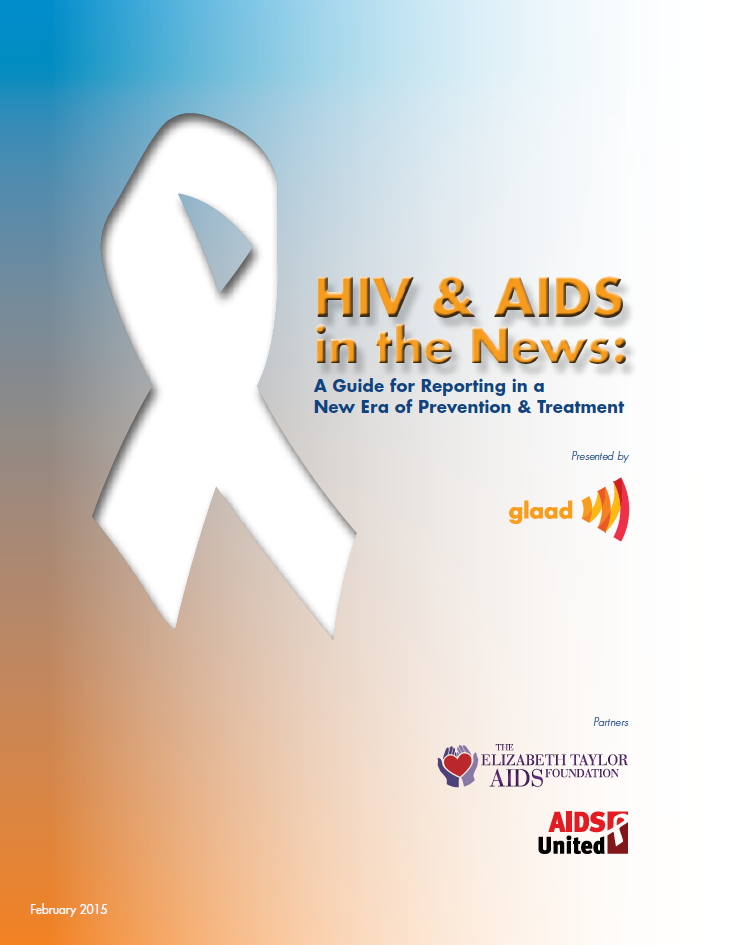The reality of HIV and AIDS has evolved in the United States since it was first brought to public consciousness in the 1980s. While we have seen significant progress on prevention and treatment, public understanding lags and the unwarranted negative stigma associated with the disease continues to be an obstacle to eradication.
Download the guide.
Advances in HIV prevention and treatment have been rapid and impactful. While we have not yet found a cure for HIV, we have found ways to prevent the virus from growing and spreading. Through treatment, people with HIV are living longer, reducing the chances for transmitting HIV to others, and lowering risk of developing non-HIV related illness. Because of these advancements, ending the epidemic in the U.S. is possible.
Yet, as people living with HIV enjoy longer and fuller lives in the United States, we are hearing fewer of their stories in the media. And all too often, the way the media portrays HIV today stigmatizes those who are living with the virus. Currently, the popular characterization of people with HIV we see, in news media especially, is as potential spreaders of the virus, and in some worst-case scenarios, as predators.
The media plays a critical role in telling the story of HIV and AIDS, and it faces the challenge of reporting on prevention without stigmatizing those living with HIV. Indeed, as important as prevention is, according to many HIV and AIDS advocates, stigma is the greatest driver behind the epidemic. Stigma is what prevents people from taking preventive measures, getting tested, and getting into and staying in treatment. By stigmatizing people with HIV, we are actually making all of society more vulnerable.
GLAAD and our partners on this resource have prepared it for news media outlets to assist in fairly, inclusively, and accurately telling the story of people living with HIV in the United States.













